With simple tips and handy cleaning tools, my house has been clean every day for 7 years!
The longer you work as a home blogger, the more you realize the need to simplify housework.
It has been 7 years since I moved to my new home. I have tried countless cleaning techniques and tools, and finally came up with this set of "simple techniques + handy tools" cleaning solutions that I want to introduce to you today.
Now, in addition to daily cleaning, my home is cleaned more thoroughly once a month to keep it spotless every day!
bathroom
Bathroom Cleaning Tips
Citric acid solution
It's the same thing that removes scale from kettles - citric acid.
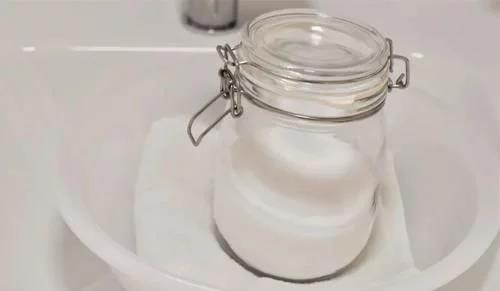
Once you turn it into a solution, you'll find that it can replace almost all bathroom-related cleaners.
1-2 spoons + 500ML of water, put into the spray bottle, and then the door to your new world will be opened.
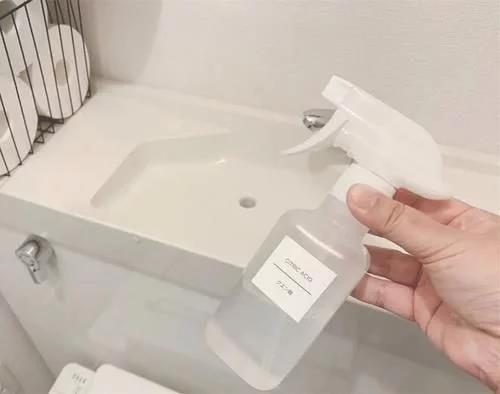
You can use it to spray on mirrors, faucets, shower heads, bathtubs, basins, shower glass partitions, and toilets. You will be surprised to find that all the scale that could not be wiped off with a rag before has now come off.
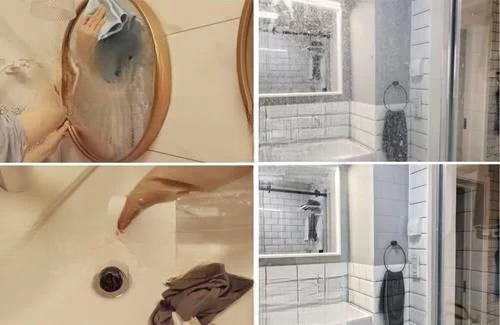
Moreover, everything is in a shiny and bright condition. To describe it as "smooth as new" is really an understatement.
If you don't have a spray bottle, you can also find a rag or disposable rag, soak it in water and wipe the areas mentioned above. The effect will not be compromised.
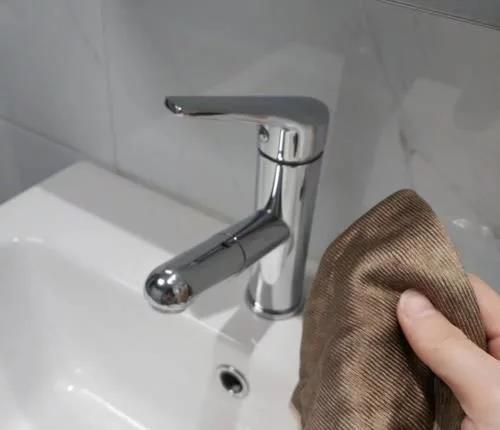
Moreover, in addition to cleaning alkaline scale, citric acid also has antibacterial and deodorizing effects. It has no pungent odor, is pollution-free, food-grade, and does not hurt your hands. It can almost replace all acidic cleaners (toilet cleaners, scale cleaners, glass cleaners, etc.).
Soaking faucets, showers
Sometimes, the shower head and faucet at home will be blocked after being used for a long time.
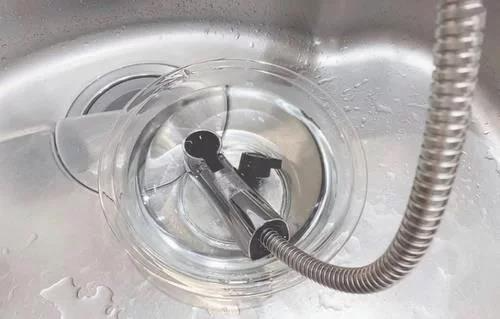
At this time, what I usually do is to soak it in some citric acid. After soaking it for about an hour, I turn on the water and you will find that it is immediately unblocked and restored. It even makes me sigh: the shower head and faucet in my home are so powerful.
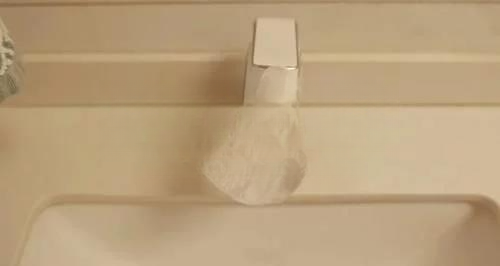
If it is inconvenient to soak the food in a container, you can use a plastic bag and put citric acid in it.
Plastic wrap and a small scarf
Both methods are to allow citric acid to fully react with scale.
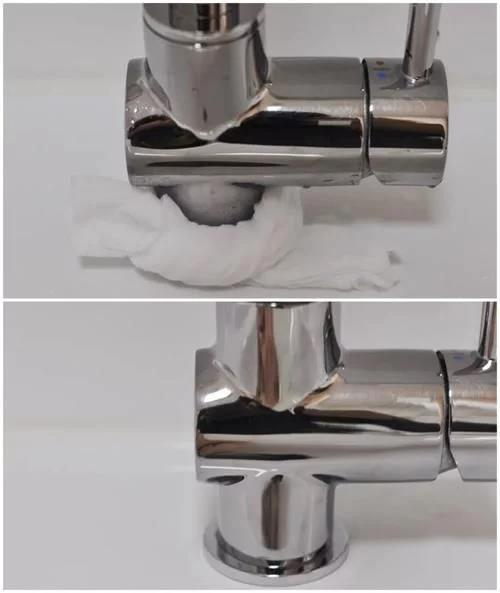
A small scarf is a disposable rag dipped in citric acid and wrapped around the seam between the faucet and the basin. This is also convenient for difficult-to-clean gaps. Disposable rags are optional; regular rags, wet wipes, and so on will also work.
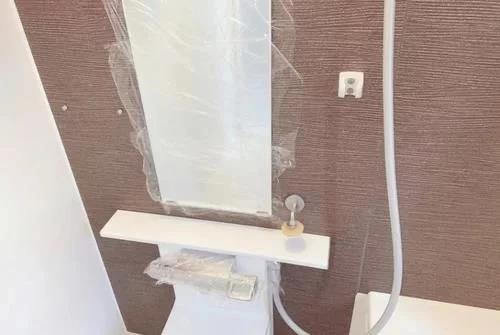
The so-called plastic wrap is to immediately cover the mirror with a layer of plastic wrap after spraying the mirror with citric acid, so that the mirror, which originally cannot hold water, can fully contact with the citric acid. If the scale is heavy, you can apply it for a while longer.
These two methods are not necessary for a new home, but if you haven't paid attention to cleaning these corners for many years, you can follow them. After that, you will find that everything is as good as new.
Tips for wiping the top of the wall
It is understandable that citric acid is used to wipe the walls, because a bathroom that has been used for a long time will inevitably produce scale due to splashing water, which needs to be wiped.
But why does the ceiling also need to be wiped with citric acid? Even if water comes into contact with the ceiling, it is just water vapor and will not produce scale?
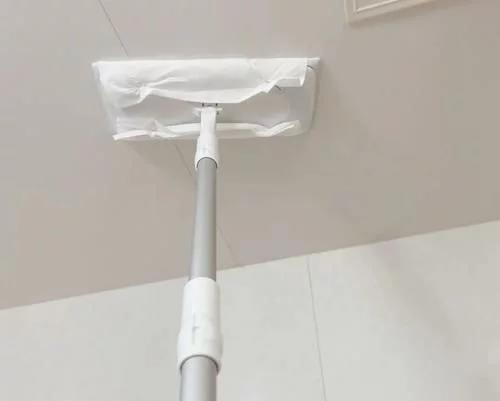
Here we have to mention another function of citric acid that we mentioned earlier. Because the bathroom is damp for a long time, bacteria are inevitable. Wiping with citric acid can be used for cleaning on the one hand and sterilization on the other.
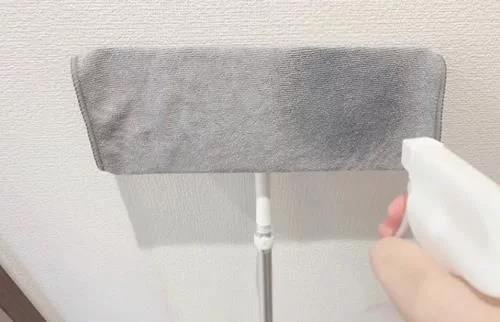
In order to get the top, you can choose to use citric acid wipes (currently only the disposable mops sold by Xinzhu in China are citric acid wipes), clamp them on the flat mop, and wipe them, which is very labor-saving. Of course, you can also use an ordinary rag, spray citric acid on it and wipe it.
Glass glue mold removal
In fact, the citric acid mentioned earlier can cover almost all bathroom cleaning scenarios, except for mold on washbasins, corners, toilet bottoms, etc. that are fixed with silicone glue.
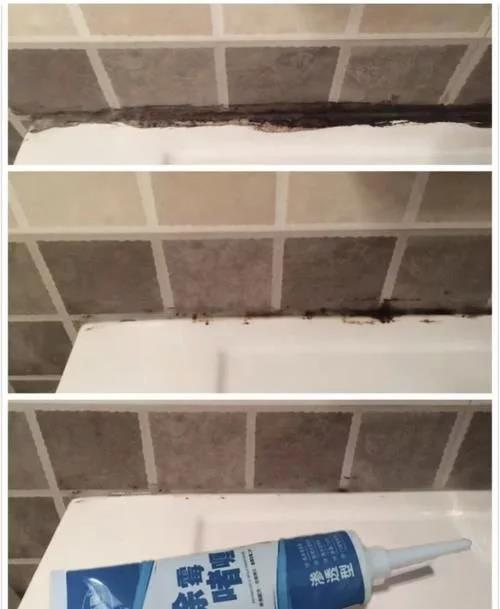
Mold is very harmful, so it's generally recommended to clean your home frequently with citric acid before it's established. If it's already there, citric acid won't be effective. In that case, there's only one solution: a mildew remover gel, which is both effective and convenient.
Bathroom handy tools:
Bathroom cleaning tool storage wall
You can set up a storage wall for cleaning tools behind the bathroom door. It saves space, is tidy, and easy to access. It can also be hidden when the bathroom door is open.
How to arrange it? It’s actually very simple.
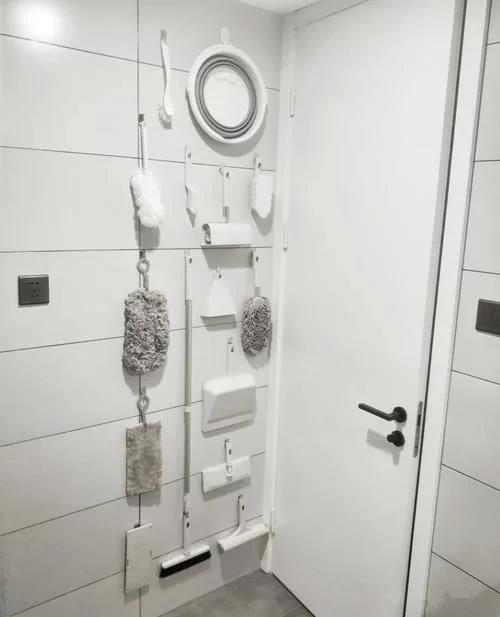
The first step is to replace the cleaning tools at home with Japanese-style split cleaning tools, a telescopic pole, and a variety of different brush heads can be matched on the front, including electrostatic dust mop, floor brush, duster, dust roller, etc. You can choose the one you want.
Add another basin. For daily cleaning, you will need a basin. You can use a folding basin for easy storage.
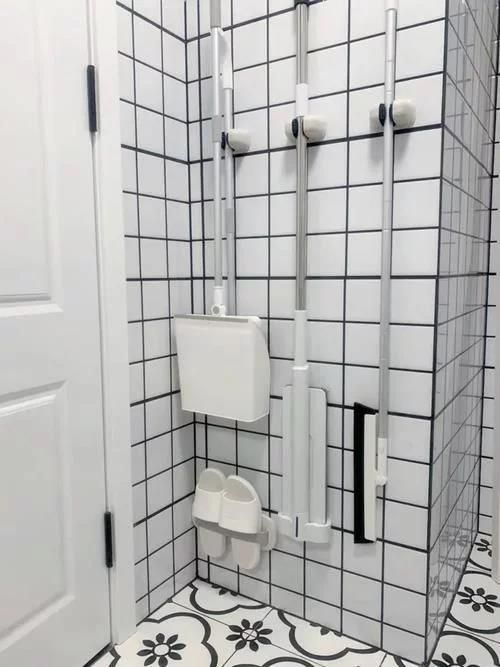
Finally, hang the hooks on the wall. These tools are generally equipped with hanging holes. If there are no hanging holes, you can use mop clips instead. A neat cleaning tool storage wall is completed. It is up to you to choose which accessories you need.
Disposable toilet brush
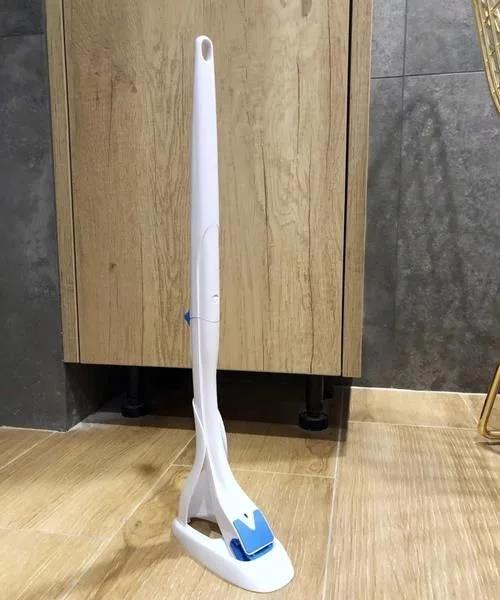
Another minor pain point in the bathroom is the toilet brush, which is dirty and has odors. You can use a Japanese disposable toilet brush.
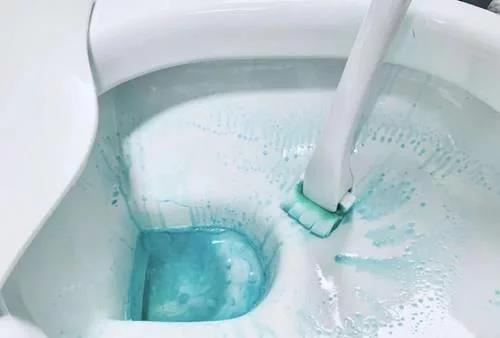
The brush head comes with its own cleaning agent, which can be dissolved in water after brushing and flushed away directly. There is no secondary pollution when stored. Not only is there no odor, it also saves space and is easy to store.
Fish scale cloth
The last handy tool in the bathroom is the fish scale cloth, which we mentioned earlier when we talked about wiping the faucet.
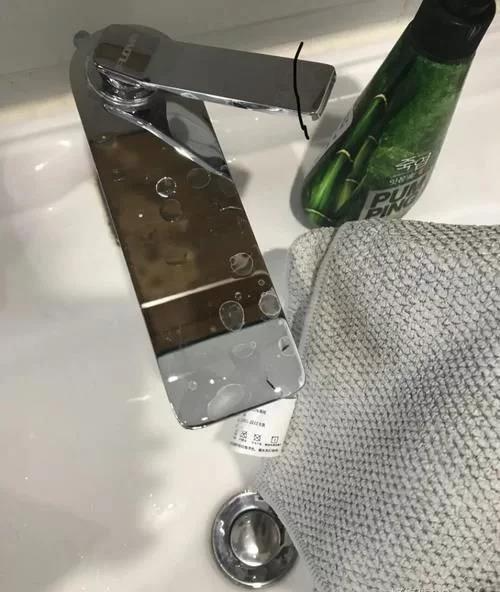
This cloth is very suitable for cleaning the bathroom. It is characterized by no water marks. It can wipe glass, faucets and other hardware without leaving any water marks or lint. If citric acid is used to remove scale, this thing can make things shiny and bright without leaving any water marks. It can wipe away the water marks left by daily use.
kitchen
Kitchen cleaning tips:
Baking Soda Method
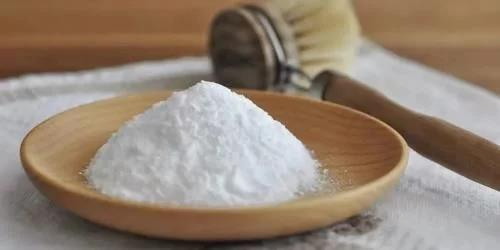
If citric acid is the leader in bathroom cleaning, then baking soda is the Chen Haonan of kitchen cleaning. In contrast to citric acid, baking soda itself is alkaline and is very effective in cleaning acidic oil stains.
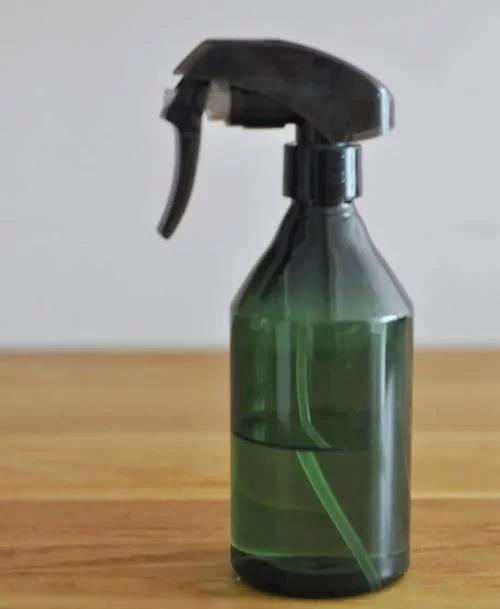
Baking soda can also be mixed into a solution, and you can spray it everywhere to wipe, such as range hoods, countertops, cabinet doors, and even inside the refrigerator. However, baking soda is not as mild and non-irritating as citric acid solution. People with rhinitis should not use it in this way because it will cause sneezing.
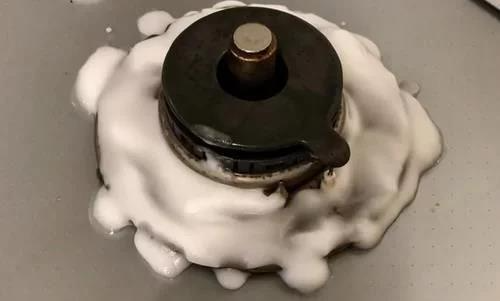
You can also pour it directly on the oil stains and rub it. In the past two years, the 2:1 baking soda paste and boiling and washing methods have been introduced more by home bloggers. They have been proven to be effective in treating oil stains.
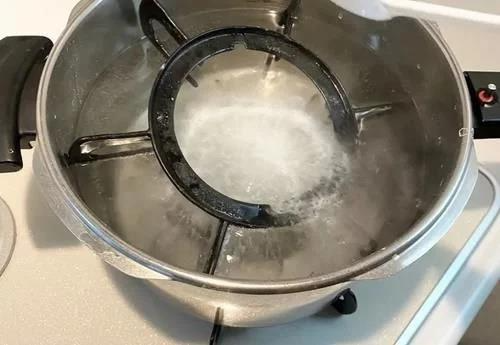
After following these methods, you will find that the sticky old grease has been removed and the kitchen has been restored to the way it was when you first bought it.
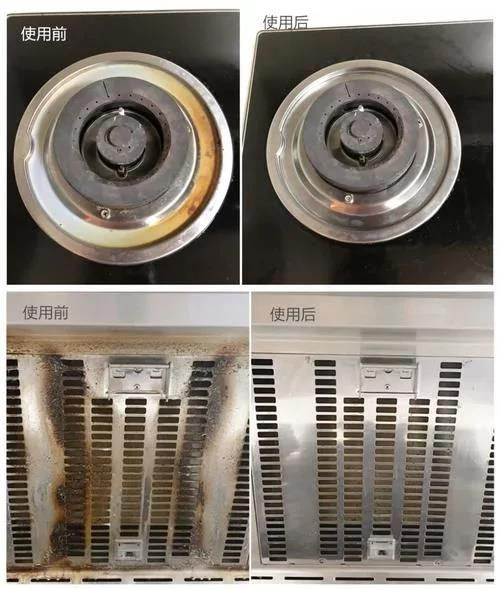
Microwave oven cleaning
Japanese housewives have done extensive research on baking soda, and have developed some ingenious cleaning methods using it. Here's a microwave oven cleaning method.
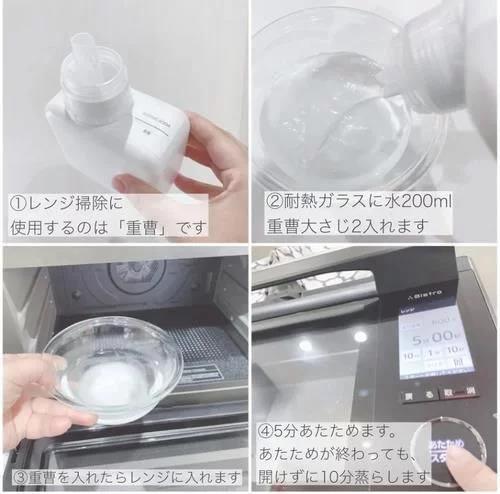
Add 1-2 spoons of baking soda to 200ML of water, put it in a steam oven/microwave oven, turn it on for 5 minutes, and the baking soda will be distilled to the oven wall. Then cleaning the grease in the steam oven will become very easy.
sewer cleaning
Baking soda can dissolve grease, leaving pipe walls clean and effectively preventing pipe blockages. Hot water at around 60°C is more conducive to dissolving grease. Bathtub drains can also be treated with baking soda, as the dirt in bathtub drains is mainly sebum, which is a type of grease and is considered acidic.
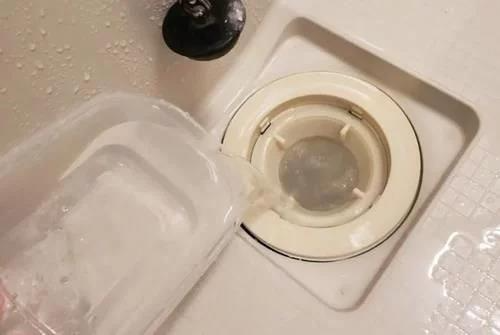
In order to avoid waste, you can pour water with baking soda into the sink every time you finish cleaning, first brush the drain, and then let it flow into the pipe. This not only avoids waste, but also cleans the pipes and drains, and can also deodorize (baking soda has the function of removing odors). It can be said to kill four birds with one stone, which is wonderful.
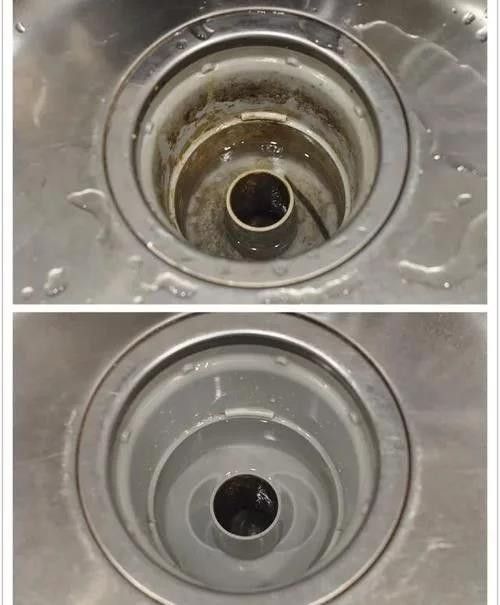
However, this method is only suitable for maintaining pipes to prevent them from being clogged by oil. It won't clear an existing clog. If the pipe is already clogged, whether in the kitchen or bathroom, it's recommended to use a gel-based drain cleaner, which can break down a wider range of materials and nearly all organic matter, including vegetable scraps, hair, and minced meat.
Compared with traditional powder and sheet-like pipe cleaners, gel-like pipe cleaners can hang on the pipe wall and decompose fully, so they are more recommended.
Kitchen cleaning tools:
Non-stick cleaning gloves
There are fish-scale cloths for cleaning the bathroom, and correspondingly there are rags suitable for cleaning the kitchen. You may have already thought of it - oil-free bamboo fiber dishcloths.
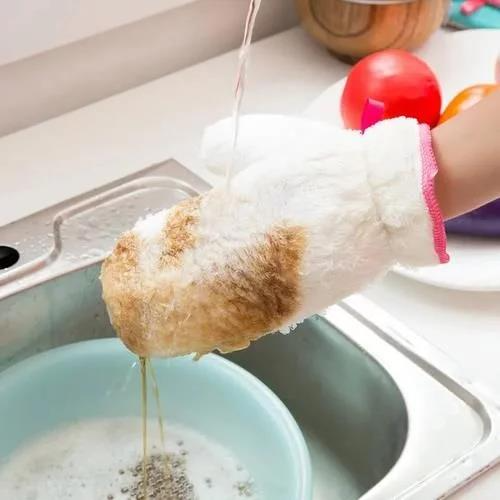
However, the oil-free rag from Xinzhujun is quite special. It is a dishwashing glove made of bamboo fiber. Although it is called a dishwashing glove, after using it, I found that it is more convenient for doing housework than washing dishes.
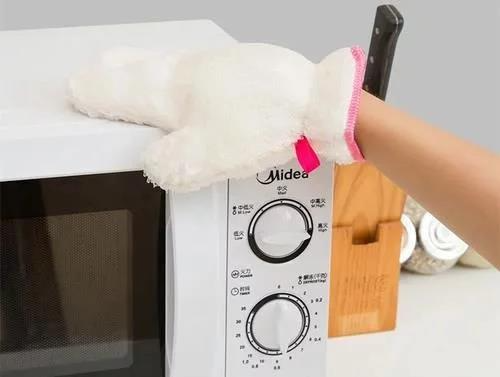
Wearing gloves and scrubbing the kitchen is more comfortable than wiping it directly with a dishcloth. First, it is very convenient. Second, you don’t have to worry about the cold weather in winter. You can just wipe it and rinse the gloves with water. Your hands don’t need to come into contact with cold water, and they are protected directly. It is very suitable for the delicate hands of fairies.
Sink filter
When it comes to sink filters, most people's first reaction is to prevent the sink from being clogged and to avoid having to use their hands to dig out the garbage in the stainless steel drain net.
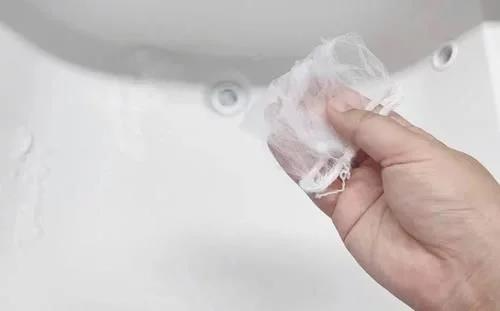
But this thing is actually great for scrubbing sinks and basins. It’s neither hard nor soft, just enough to scrub away stains.
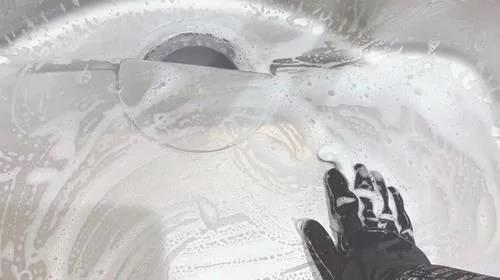
When using, remember to use it with baking soda in the kitchen sink and with citric acid in the bathroom basin. There is no waste after use. Just put it directly on the sink drain and continue to use it.
Other area cleaning
After solving the two most difficult places to clean, the kitchen and bathroom, the remaining areas are easy to deal with, mainly dust.
Dust and static electricity are a love-hate relationship, capable of both carrying and capsizing a ship. Cleaning other areas primarily revolves around electrostatic dust removal.
Positive use of electrostatic dust removal
The principle is very simple, which is to use the characteristics of static electricity to absorb dust. If you are a fan who has read Xinzhu’s articles in the past, you will be familiar with it. There are many methods, and the following are some of the most effective ones.
First, turn on the TV while cleaning. The TV will absorb the dust floating in the air due to dusting, and then at the end of cleaning, just wipe the TV again.

Secondly, use an electrostatic dust mop to mop the floor. The non-woven dry towel clipped on it can absorb the dust in the house cleanly and can be thrown away after use. It is a good choice for lazy people.
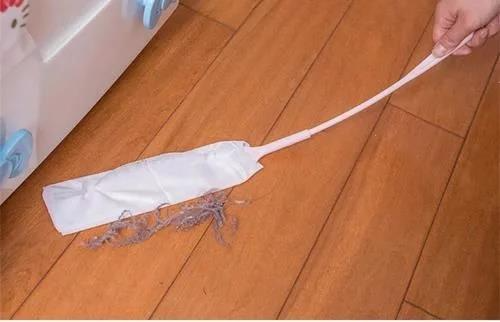
Third, use a crevice brush. The front is also non-woven, but the shape is different, which is more suitable for home gaps and dead corners.
Fourthly, if you hear the word non-woven fabric, does it sound familiar? It's the same non-woven fabric (the white side) used in the masks that went viral earlier this year. So, why not save your used mask and use it to dust furniture when it's no longer emitting moisture? It's more effective than a traditional duster, not only absorbing dust but also preventing it from spreading.
Reverse wiping with furniture
The reverse operation actually only has one scenario, which is wiping furniture. Didn’t it say above that you should use a mask to wipe the furniture and absorb dust? What’s the reverse operation about this?
At the end of cleaning, when there is almost no dust on the furniture, pour the softener used to prevent static electricity on clothes into water, dip a rag in it, and then wipe all the furniture. You will find that the furniture will be dust-free for a long time, which is conducive to maintaining hygiene.
At this point, our article has come to the final conclusion, let’s summarize it again.
Although we have talked about many tips and tricks, there are actually three core points: citric acid to remove scale, baking soda to remove oil stains, and static electricity to absorb dust.
There are two special areas that require special attention. One is the mold on the silicone sealant, which needs to be removed with mildew removal gel; and the other is the pipe unclogging, which requires the use of special pipe cleaners.
Note: Some of the pictures in this article are from the Internet